|
|
This newsletter is a summary of recent ESO Science Announcement items. Follow the links or visit ESO Science Announcements to read more.
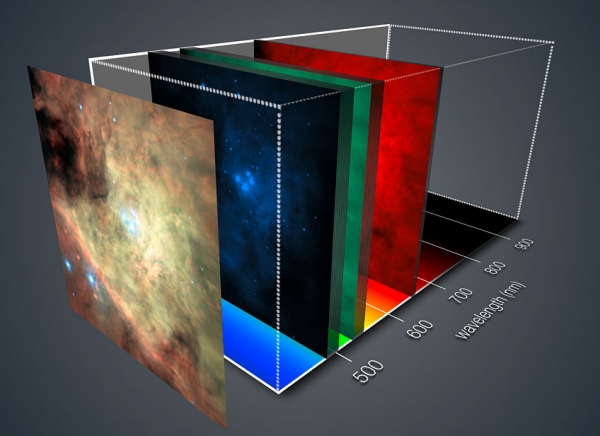
|
23 Apr 2014: The science verification (SV) for the Multi-Unit Spectroscopic Explorer (MUSE) will take place on the nights of 20тАУ29 June 2014. All community astronomers are kindly invited to participate in this opportunity to obtain early science with MUSE and thus to demonstrate the scientific capabilities of this unique instrument.
|
|
| Read more
|
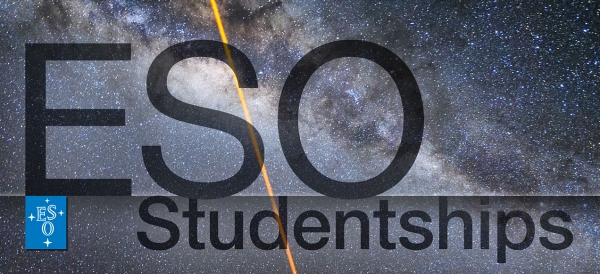
|
22 Apr 2014: The research studentship programme provides an outstanding opportunity for Ph.D. students to experience the exciting scientific environment, at one of the world's leading observatories, for a period of up to two years.
|
|
| Read more
|

|
22 Apr 2014: The proposal submission for ESO Period 94 closed on 27 March 2014. 901 proposals were received requesting 2389 nights in total, including 23 Large Programme and 44 Target of Opportunity (ToO) proposals.
|
|
| Read more
|
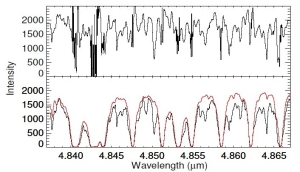
|
22 Apr 2014: Two software tools to correct astronomical spectra for telluric absorption (molecfit) and emission (skycorr) lines have been publicly released. They have been developed for ESO by a team of astronomers at the Institute for Astro- and Particle Physics at the University of Innsbruck, as part of the Austrian in-kind contribution. In addition, a model of the sky emission and transmission spectrum at Cerro Paranal is also available.
|
|
| Read more
|
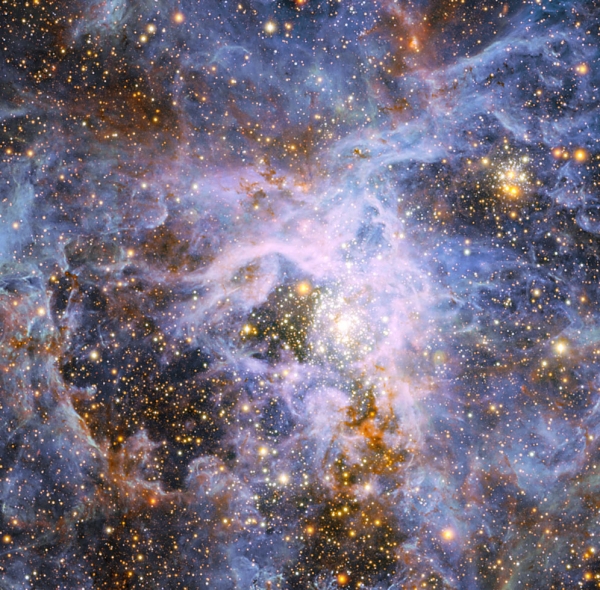
|
11 Apr 2014: The VISTA Magellanic Survey (VMC) тАУ one of the six public surveys current at the Visible and Infrared Survey Telescope for Astronomy (VISTA) тАУ aims at determining the spatially resolved star formation history and 3D geometry of the Magellanic system. The VMC survey is designed to reach stars below the oldest main-sequence turn-off and the multi-epoch strategy enables accurate Ks mean magnitudes for variable stars, e.g. RR Lyrae stars and Cepheids, to be measured. Catalogues from some of the deep co-added survey images have now been released.
|
|
| Read more
|
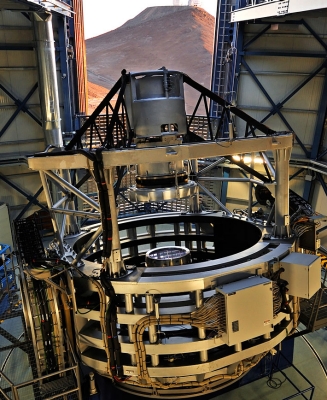
|
04 Apr 2014: VIDEO is a deep near-infrared survey which targets ~12 square degrees over the Elais-S1, XMM-LSS, and extended Chandra Deep Field South (CDFS) extragalactic fields. VIDEO belongs to the suite of six public surveys being conducted at the Visible and Infrared Survey Telescope for Astronomy (VISTA). First data releases of the Elais-S1 and CDFS fields have just been made available.
|
|
| Read more
|
Upcoming ESO or ESO-Related Workshops
- The Formation and Growth of Galaxies in the Young Universe
Obergurgl, Austria, 26 тАУ 30 April 2014It is now about 4 years since the last galaxy evolution ski conference at the University of Innsbruck Obergurgl Center. Since then several major surveys have been completed by Hubble and Herschel, wide-field near-infrared imaging has been delivered by VISTA, SCUBA2 has commenced sub-mm surveys on the JCMT, near-infrared multi-object spectrographs have commenced operation on 8-m class telescopes, and the first results have emerged from ALMA and Planck. The aim of this meeting will be to review and discuss these observational advances, alongside progress in theory/simulation, with a dual focus on galaxy/black-hole evolution at z > 2 and reionization/first-galaxies at z > 6.
The meeting will consist of invited and contributed talks and there will space for posters. Each day will be split to allow ~4 hours for lunch/skiing/scientific discussion between 12pm and 4pm. More details here.
- European Week of Astronomy and Space Science 2014
International Conference Center, Geneva, Switzerland, 30 June тАУ 4 July 2014The European Week of Astronomy and Space Science (EWASS, formerly JENAM) is the annual meeting of the European Astronomical Society (EAS). In addition to plenary sessions and the award of prestigious prizes, the conference hosts many parallel symposia, special sessions and meetings.
EWASS14 accommodates five lectures from EAS prize awardees, seven additional plenary talks on various topics and also the ESA and ESO reports, ten symposia and four special sessions. Among the symposia, one is dedicated to millimetre and submillimetre astronomy in the ALMA era. Registration for EWASS and the symposia is open until 15 April and the abstract deadline is 15 March 2014. Full details are available on the conference website.
- Clustering Measurements of Active Galactic Nuclei
ESO Headquarters, Garching, Germany, 14 тАУ 18 July 2014Galaxies and active galactic nuclei (AGN) are not randomly distributed in the Universe. The distribution of AGN, measured by clustering, enables new insights into the physical conditions that govern the accretion onto supermassive black holes and AGN clustering can provide constraints on cosmological parameters. AGN clustering measurements have gained significant interest in the last decade and upcoming large surveys will generate samples with several million objects. These surveys offer the unique opportunity to study AGN and galaxy co-evolution, AGN physics, and cosmology with AGN clustering measurements.
This ESO workshop, which will be the first ever dedicated workshop to AGN clustering, aims to summarize our current understanding of AGN clustering and how the community should prepare for upcoming datasets and challenges. More details are available on the workshop web page, or by email. Registration closes on 18 April 2014.
- RASPUTIN: Resolved And unresolved Stellar PopUlaTIoNs
ESO Headquarters, Garching, Germany, 13 тАУ 17 October 2014The study of stellar populations is one of the most relevant diagnostics to constrain galaxy formation and evolution. Quantitative analyses of the stellar content of galaxies pave the way to 'convert' starlight into physical quantities like stellar masses, chemical abundances and star formation rates, and to trace the evolution and chemical enrichment history of galaxies.
The main goal of this workshop is to share observations, models, techniques and recent results on galaxy evolution. Particular emphasis will be given to the current limitations affecting the intrinsic degeneracy of the multi-dimensional parameter space and to possible solutions to build a more unified and coherent picture of galaxy evolution.The impact of the E-ELT and its first generation of instruments on studies of resolved and unresolved stellar populations will also be discussed. More details are available here or by email. The registration and abstract deadline are 12 September 2014.
- Revolution in Astronomy with ALMA тАУ The 3rd Year тАУ
Tokyo International Forum, Tokyo, Japan, 8 тАУ 11 December 2014The Atacama Large Millimeter/submillimeter Array (ALMA) has been producing a growing number of impressive and transformational science results as the most powerful mm/submm interferometer in the world. Held in central Tokyo, the aim of this workshop is to highlight the science results from ALMA obtained during the first three years of science operations. The science topics include all fields of astronomy: cosmology and galaxies in the distant Universe; nearby galaxies and the Galactic Centre; the interstellar medium and star formation in our own Galaxy; astrochemistry, circumstellar disks, exoplanets and the Solar System; stellar evolution and solar physics; and fundamental physics.
This four day workshop will feature invited and contributed talks, poster sessions and an optional full day excursion. Young researchers and students are particularly encouraged to attend the meeting. Registration will open in early May and more details are available from the conference website.
|
|
|
|
|
|
|
|